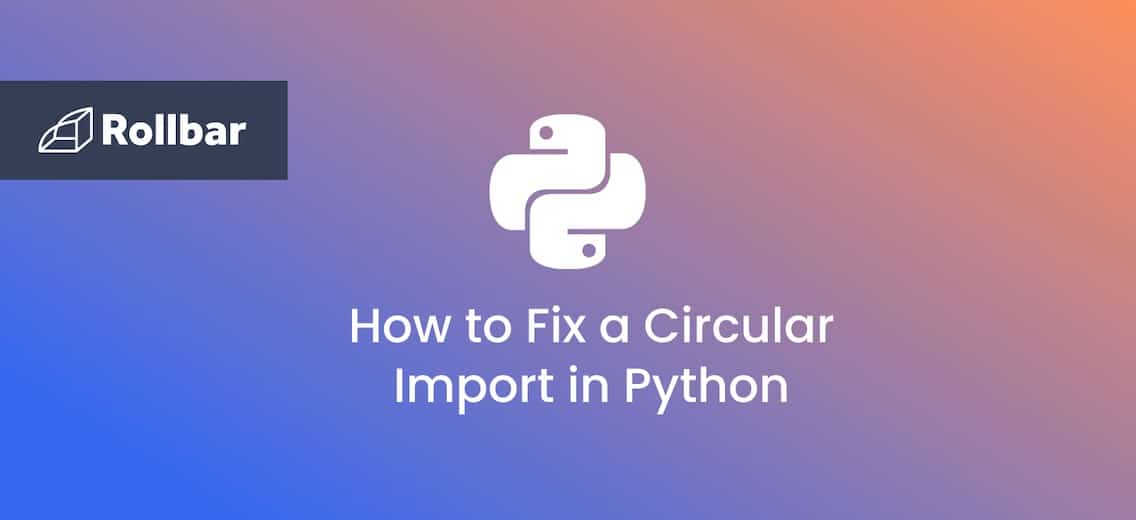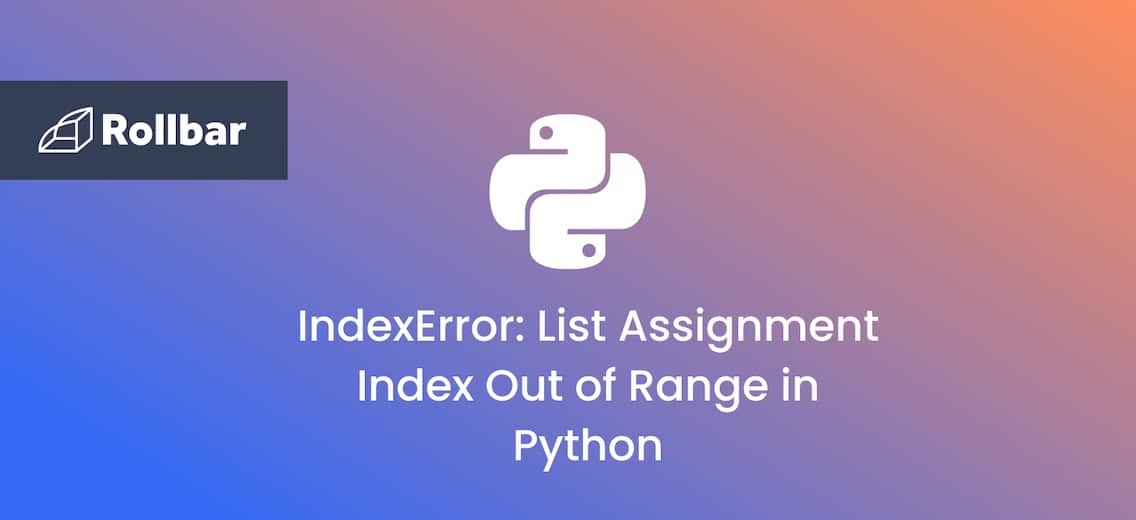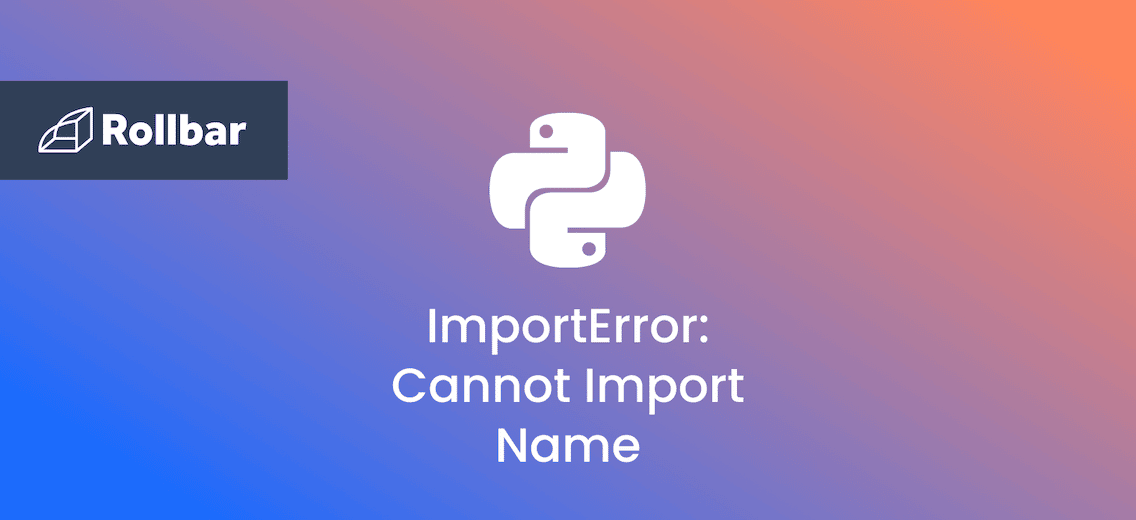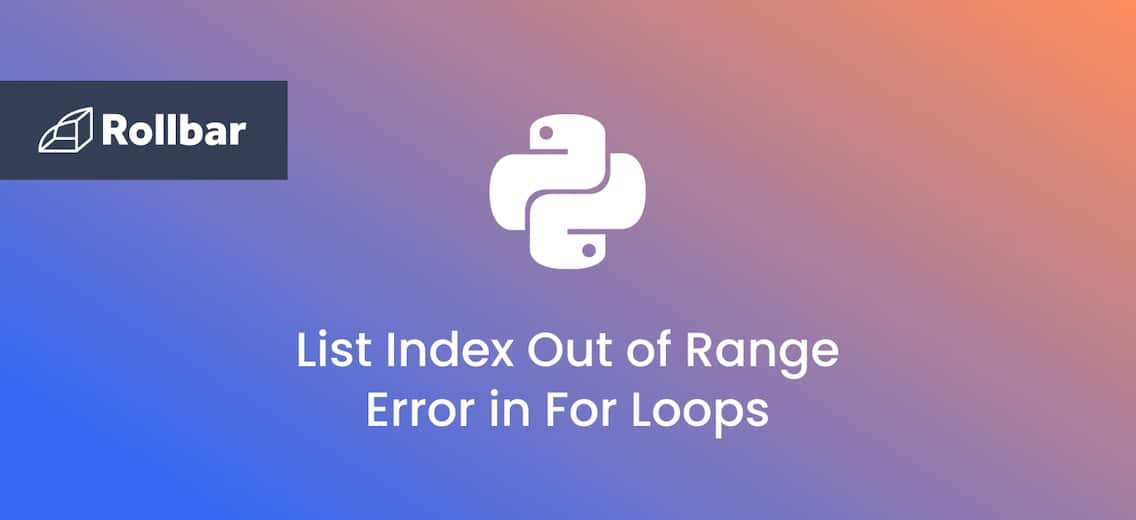Did Python hit you with a mysterious ImportError mentioning a "partially initialized module" and a "circular import"? It's a common, frustrating issue that happens when two or more Python modules depend on each other during the import process.
Think of it like two friends, Module A and Module B. Module A needs something from Module B to start its work, and at the exact same time, Module B needs something from Module A to start its work. Neither can complete its setup because it's waiting for the other. Python gets stuck in this dependency loop and throws an error.
This post will explain exactly what a circular import is, how to identify it from the error message and traceback, and the most common strategies to break the cycle and get your code running smoothly again.
What Exactly is a Circular Import?
In Python, when you import a module, Python executes the code inside that module from top to bottom. This execution defines functions, classes, variables, etc., making them available for use. A module is considered "fully initialized" after this process is complete.
A circular import occurs when:
- Module A imports something from Module B.
- While Python is executing Module B (to complete the import requested by A), Module B also tries to import something from Module A.
Since Module A hasn't finished executing yet (it's paused waiting for B to finish), when Module B tries to import from A, it finds Module A in an incomplete or "partially initialized" state. The object B needs from A might not be defined yet, leading to the ImportError.
Understanding the Error Message
Let's look at the typical error message you'll see:
importerror: cannot import name 'db' from partially initialized module 'app' (most likely due to a circular import)
Breaking this down:
importerror: cannot import name 'db': This tells you what specific object (db) the second module tried to import from the first module (app).from partially initialized module 'app': This is the core symptom. It means that when the import ofdbfromappwas attempted, the code insideapphadn't finished running yet. Why? Becauseappwas likely waiting for another module to finish importing.(most likely due to a circular import): Python's helpful hint! It recognizes this pattern of trying to import from an incomplete module is the classic sign of a circular dependency.
The Key to Identifying the Loop: The Traceback
The error message itself doesn't usually name the other module involved in the circle. This is where the traceback is your best friend.
When you get a circular import error, look at the sequence of file names in the traceback. You'll often see the same files listed multiple times as Python jumps between them trying to resolve the imports. The traceback shows the "chain" of imports that led to the error.
Seeing a Simple Circular Import in Action
Let's create a minimal example to see this clearly. We'll have two files, test1.py and test2.py, that create a dependency loop.
test1.py:
# test1.py
print("Executing test1.py")
from test2 import Class2 # <-- Attempts to import Class2 from test2
class Class1:
def __init__(self):
print("Class1 initialized")
# obj = Class2() # <-- If this line were executed at module level, it would worsen the problem
test2.py:
# test2.py
print("Executing test2.py")
from test1 import Class1 # <-- Attempts to import Class1 from test1
class Class2:
def __init__(self):
print("Class2 initialized")
# obj = Class1() # <-- If this line were executed at module level, it would worsen the problem
Now, if you try to run either file (e.g., python test1.py), here's what happens and why you get the error:
- You run
test1.py. Python starts executing it. - The
print("Executing test1.py")line runs. - Python hits
from test2 import Class2. It needs to loadtest2.py. - Python pauses execution of
test1.pyand starts executingtest2.py. - The
print("Executing test2.py")line runs. - Python hits
from test1 import Class1intest2.py. It needs to loadtest1.py. - Python finds
test1.pyis already being loaded, but isn't finished. It's in a "partially initialized" state. - Python tries to import
Class1from this incompletetest1module.Class1hasn't been fully defined yet because the execution oftest1.pywas paused. - ImportError! Python raises the error because it cannot find
Class1in the partially initializedtest1module.
Here's what the traceback looks like, clearly showing the loop:
Executing test1.py
Executing test2.py
Traceback (most recent call last):
File "test1.py", line 2, in
from test2 import Class2
File "test2.py", line 2, in
from test1 import Class1 # <--- Error occurs here! Python needs Class1 from test1...
File "test1.py", line 2, in
from test2 import Class2 # <--- ...but test1 is stuck here waiting for test2!
ImportError: cannot import name 'Class1' from partially initialized module 'test1' (most likely due to a circular import)
Note: The specific 'cannot import name' might point to Class1 or Class2 depending on which file you run first, but the underlying cause and traceback loop are the same.
Why Avoid Circular Imports?
Beyond causing these frustrating errors, circular imports are often a symptom of a deeper issue: tight coupling. When modules are circularly dependent, they are hard to understand in isolation, difficult to test independently, and challenging to refactor. Good software design generally aims for modules with clear responsibilities and dependencies that flow in one direction.
Strategies to Resolve a Circular Import Error
The core principle behind fixing a circular import is to break the dependency loop. This usually involves reorganizing your code or altering when imports happen.
Here are common strategies:
-
Refactor and Reorganize (The Best Approach Often):
- Identify Common Code: Look at what is being imported circularly. Often, the objects or functions causing the problem share a common concern or utility.
- Create a Third Module: Move the shared code (the functions, classes, or variables being imported by both modules) into a new, separate module (e.g.,
utils.py,common.py). - Import from the Third Module: Both of your original modules (A and B) can now import the necessary objects from this new third module without creating a direct dependency on each other.
Example Idea: If
users.pyandorders.pyboth need aDatabaseConnectionobject or aformat_pricefunction, moveDatabaseConnectionandformat_priceinto adb.pyorutils.pyfile. Thenusers.pyimportsdborutils, andorders.pyimportsdborutils.This is often the cleanest solution as it improves module cohesion and reduces coupling.
-
Delay Imports (Import Locally):
- Move Import into a Function/Method: Instead of importing a module or object at the top of the file, move the
importstatement inside the function or method where it's actually used.
# Instead of this at the top: # from my_module import MyClass def my_function(): # Do stuff... from my_module import MyClass # <-- Import happens ONLY when my_function is called obj = MyClass() # Do more stuff...- Why it works: This defers the import until runtime. By the time the function is called, all modules (including the one causing the circular dependency) should ideally be fully initialized, resolving the issue.
- Trade-offs: This can sometimes make code harder to read (imports aren't all at the top) and can slightly impact performance the first time the function is called. Use judiciously.
- Move Import into a Function/Method: Instead of importing a module or object at the top of the file, move the
-
Use Dynamic Imports (
importlib):- Python's
importlibmodule allows you to import modules programmatically using functions likeimportlib.import_module().
import importlib def my_function(): # ... MyModule = importlib.import_module('my_module') obj = MyModule.MyClass() # ...- Why it works: Similar to delayed imports, this defers the loading process. It offers more flexibility for dynamic situations (like importing based on configuration), but it's generally more verbose and less common than simple local imports for fixing basic circular dependencies.
- Python's
Which Strategy Should You Choose?
- Reorganization/Third Module: Often the best long-term solution for improving code structure and reducing coupling. Prefer this when the dependencies feel genuinely intertwined.
- Delayed/Local Imports: A quick fix when the dependency is only needed in a specific function and moving code is overly complex, or as a temporary workaround. Be mindful of readability.
- Dynamic Imports: Reserved for more advanced or specific scenarios where the module to be imported isn't known until runtime.
Always test your fix thoroughly after implementing a strategy!
Key Takeaways
Circular imports are a specific type of ImportError in Python caused by a dependency loop between modules. They result in modules being "partially initialized" because Python can't complete the loading process.
Identifying them relies heavily on reading the traceback to trace the import chain. Fixing them involves breaking that chain, most commonly by refactoring code into a separate, shared module or by delaying import statements until they are needed at runtime. Addressing circular imports not only fixes the immediate error but also often leads to better, more maintainable code.
Track, analyze and manage errors with Rollbar
Managing errors and exceptions in your code is challenging. It can make deploying production code an unnerving experience. Being able to track, analyze, and manage errors in real-time can help you to proceed with more confidence. Rollbar automates error monitoring and triaging, making fixing Python errors easier than ever. Try it today!








